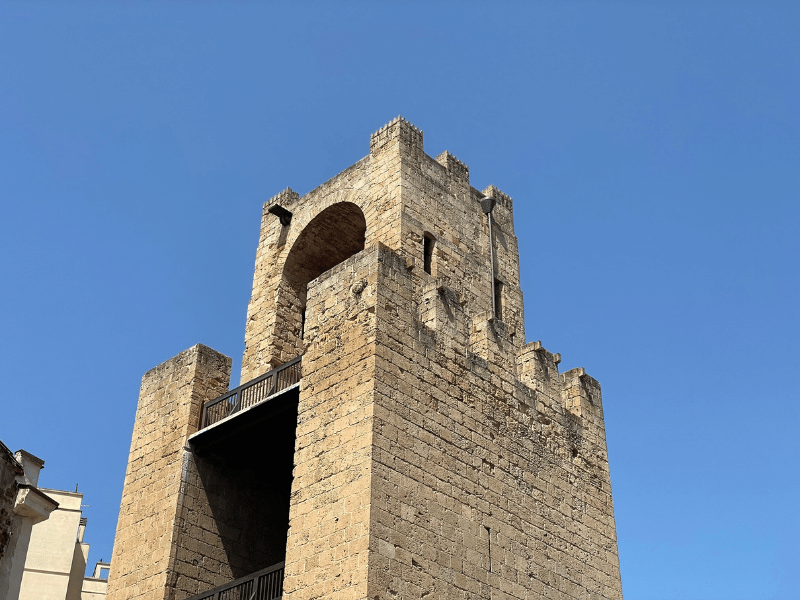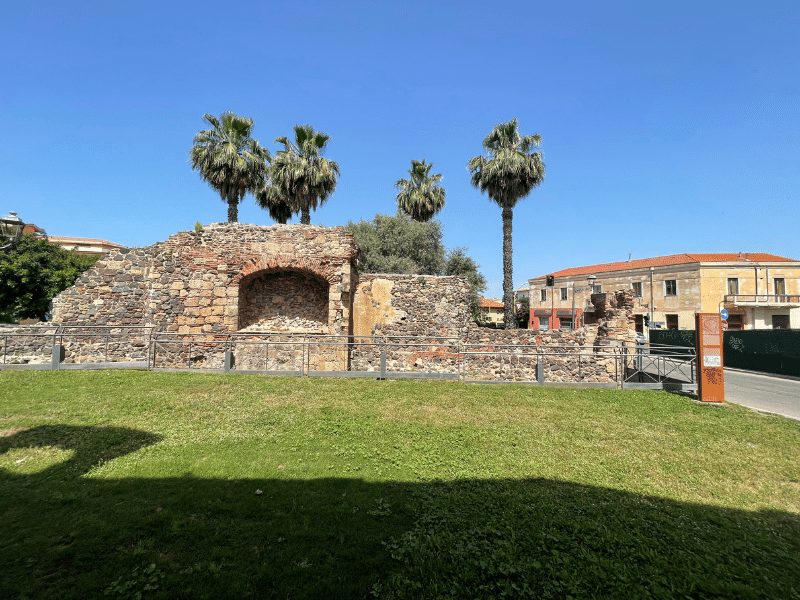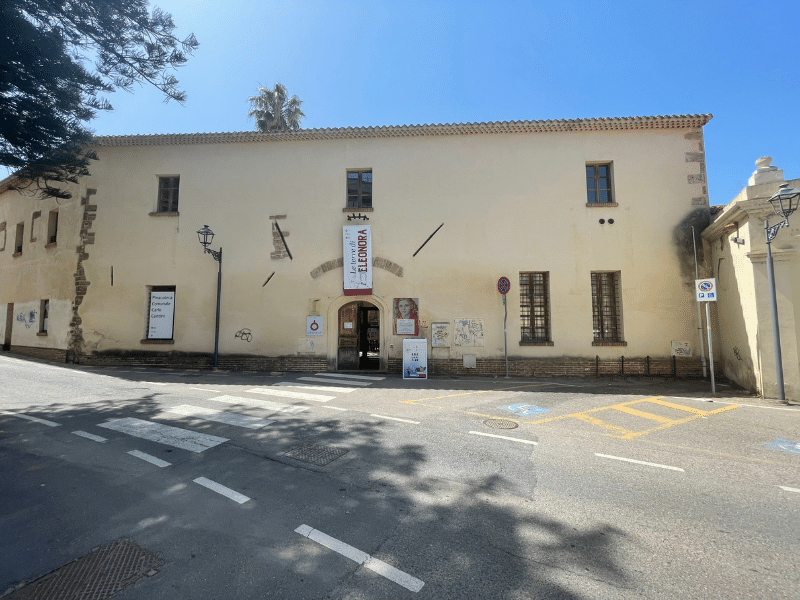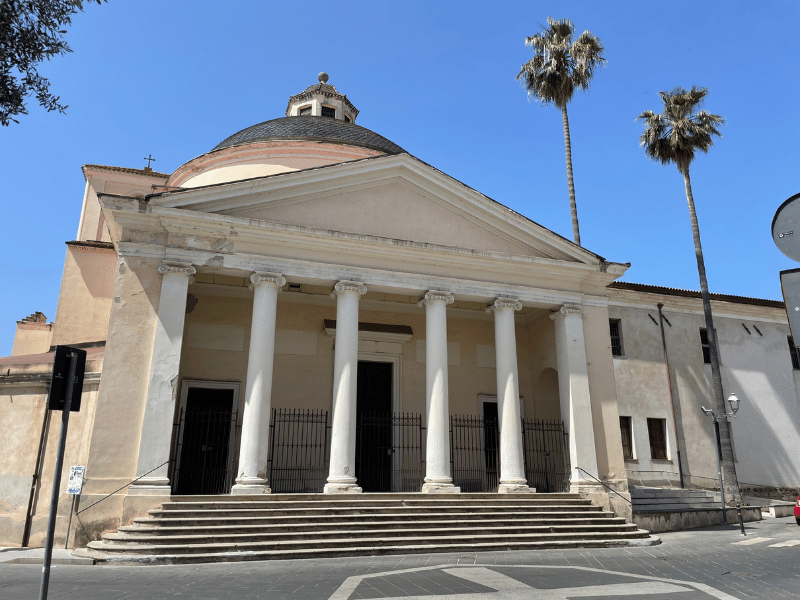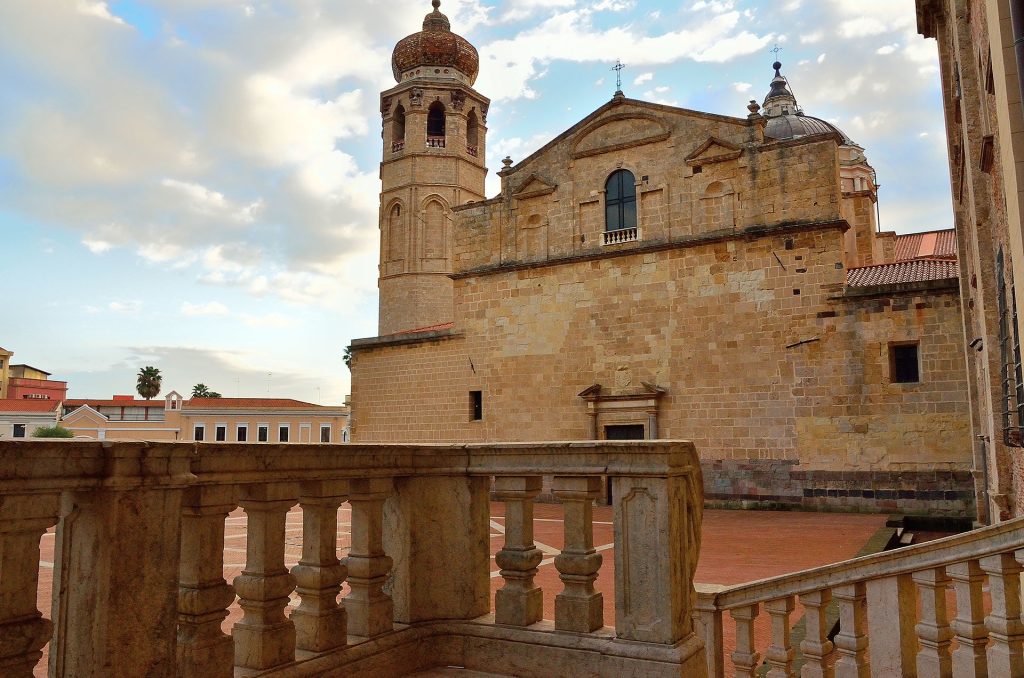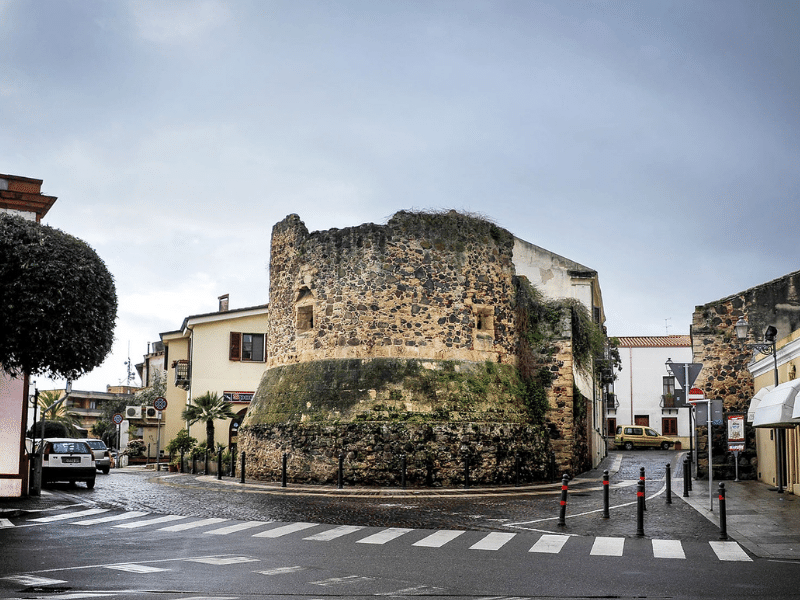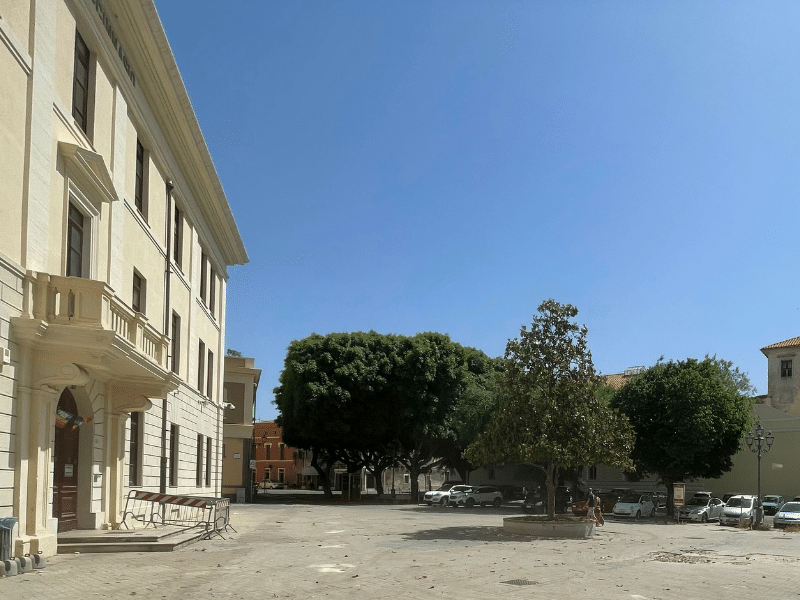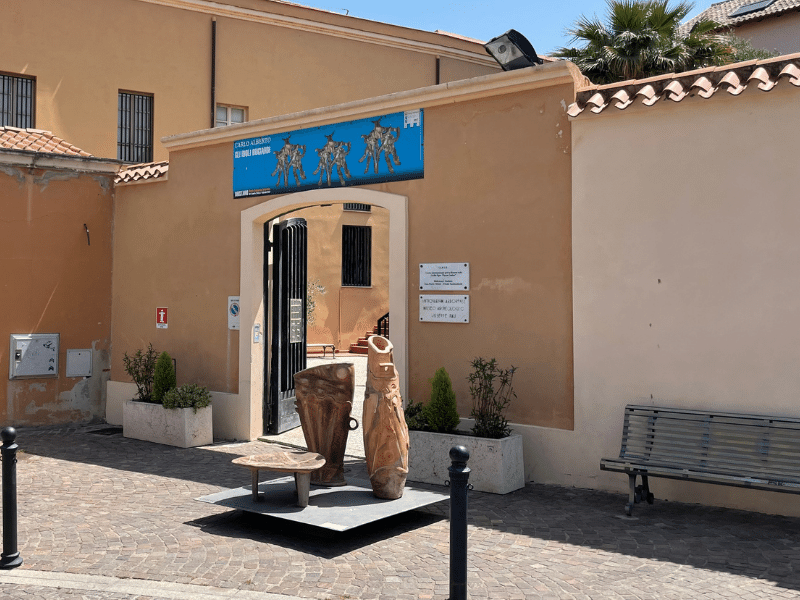The “Oristano, the judicial capital” itinerary includes a passage along streets which were once occupied by medieval walls and high towers. It is possible to follow the entire itinerary by noting passages both in and outside the walls.
The itinerary stretches from Piazza Roma to via Mazzini, passing through via Solferino, piazza Manno, via Cagliari, via Diego Contini and ending the journey with the study of the city model, exhibited in the Antiquarium Arborense Archaeological Museum, in order to provide visitors with an overview of the whole defense system of the medieval capital.

